Discovering ancient history in Akal Wood Fossil Park, Jaisalmer, Rajasthan || A most unusual place full of surprises that are not all related to the bygone eras
When you search for places to visit enroute from Bikaner to Jaisalmer, the Internet would throw you many options - one of which is Akal (pronounced "aakal") Wood Fossil Park. While most of them will exalt the place, we would like to highlight that it may not be the right place for everyone.
Go here if you can imagine looking at rocks and admiring the grain, or if you can look at rugged landscape and imagine how it would have looked in the yesteryears. If you admire the Cosmos for its many mysteries, this place is for you. However, if you feel that you are more of a practical person and need tangible objects to admire, they you may find yourself getting bored here.
Now that the warning is out of the way, let's start with the place. The place is actually famous for some fascinating fossils of trees of the bygone era. The fossils were buried deep, but because of geological events, came up to the surface.
The park is in Jaisalmer District and is spread across 21 hectares on a stretch of about 10 km2 on a bare hillside. The terrain is rocky and the one wonders how the first of these fossils was ever identified. To unpracticed eyes, they look just like the rocks that lie in large numbers here.
The park lies in Jaisalmer's fossil belt, a region noted to have the potential for geological parks. Fossils and footprints of pterosaurs have been found in the nearby Thaiyat area. The Park is the National Geological Monument of India and is also a Biodiversity Heritage Site.
The park contains fossils of Pterophyllum, Ptilophyllum, Equisetites species and dicotyledonous wood and gastropod shells of the Early Jurassic period from about 180 million years ago. Whew! can you imagine how far back is that!
There are about a dozen fossilized wood logs lying, oriented in random directions, the largest of which is 13.4 m in length and 0.9 m in width. There are a total of 25 petrified tree trunks. And there are probably many more beneath the surface.
The Geological Survey of India (GSI) declared the site a National Geological Monument in 1972. The park was maintained by GSI till 1985, when maintenance was handed over to the Forest Department of Government of Rajasthan.
The park is now maintained by the authorities of the Desert National Park. The exposed tree trunks have been protected by iron grill cages with tin sheet roofing. But only 5-6 of the 25 are easily discoverable. We couldn't find the rest.
The fossils are from a geological time when only non-flowering plants (gymnosperms) existed. The fossils are considered to be of trees such as Pine, Deodar, and Redwood. There is evidence of a lush forest typical of a humid and hot tropical climate, which seems impossible if you look at the terrain now.
Existence of fossils of gastropod shells also suggest that the region was a sea once upon a time. The claim is furthered by the fossils of stems of gymnosperms and fluviatile sediments and deposits. The wood fossils have given evidence that the area has been under the sea on four occasions. However, the host rocks of the wood fossils have been considered continental (non-marine).
So do you see the amount of drama that happened, or is still happening around us? The fact is that we do not notice the change because the time frame for that is too large. We are mere sparks when it comes to the timeline of the earth.
After looking at the fossils for a bit and startling a herd of blue bulls, we started our drive back to the entrance of the park. And while we are talking about the entrance of the park, I must mention the emu. There was a solitary emu pecking about right near the gate. What are the chances of spotting a random emu here, or anywhere in India?
And then there was the blackbuck fawn that now lives with the people manning the fossil park. It has a broken leg and these people have adopted it (as much as one can adopt a wild animal). The black buck fawn still does not let them get too close at times. But then sometimes it did... so may be it was a juvenile.
So not only is the park a great stop if you are interested in some larger-than-life realities of this world, this is also a great place for some surprises. And it is a peaceful place as well and there aren't too many visitors so you have ample time to look at the fossils and also walk around a bit.




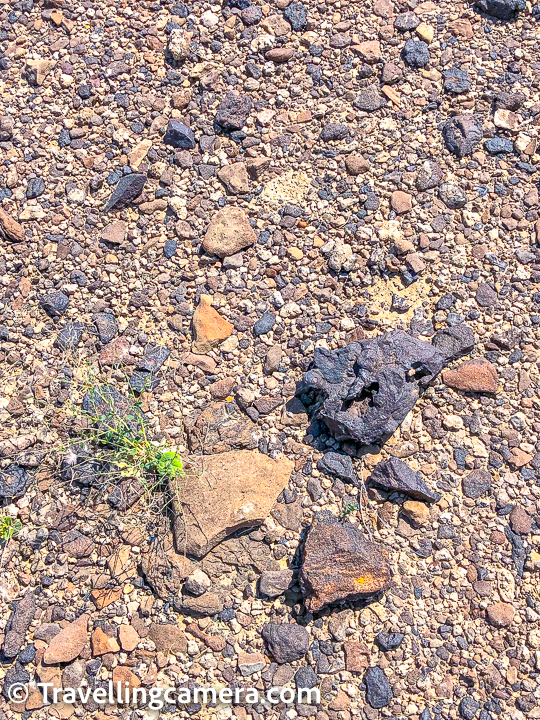
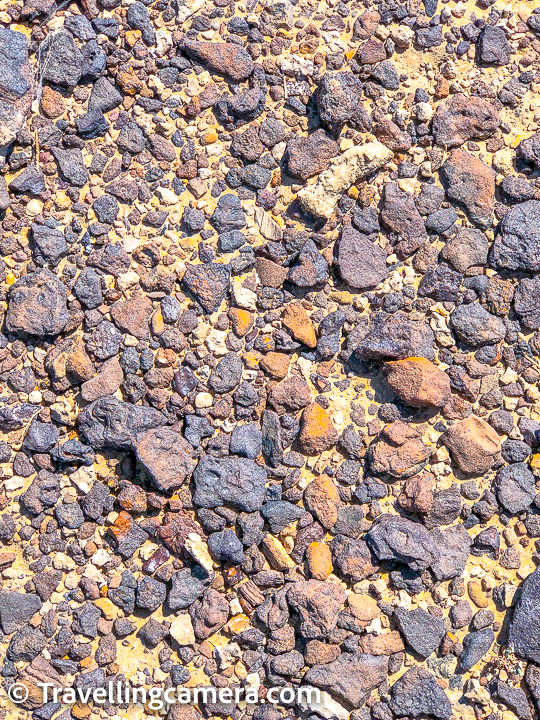
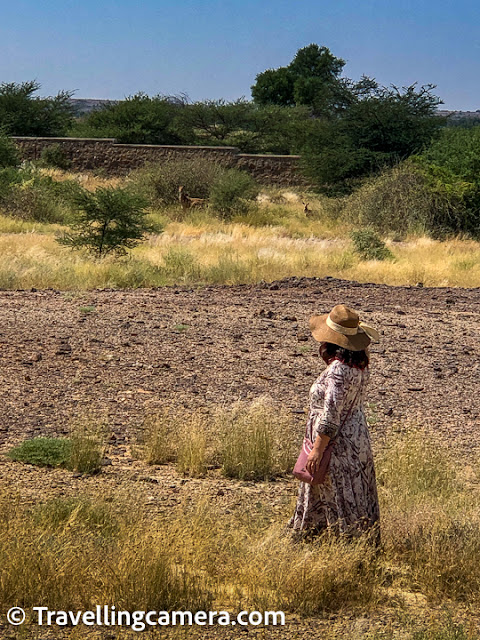



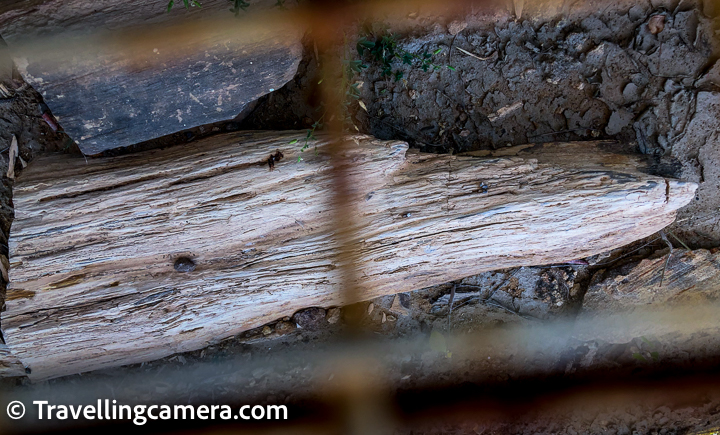
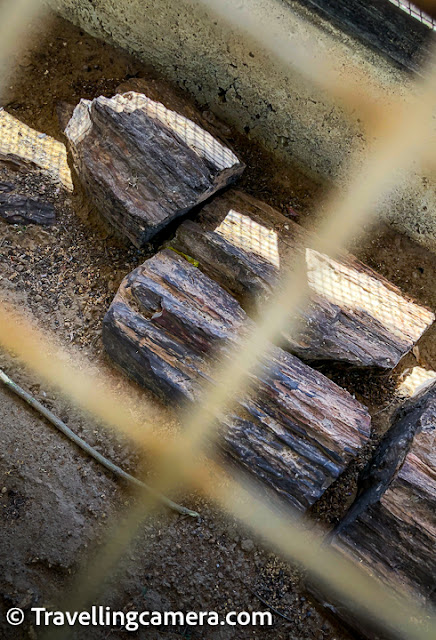




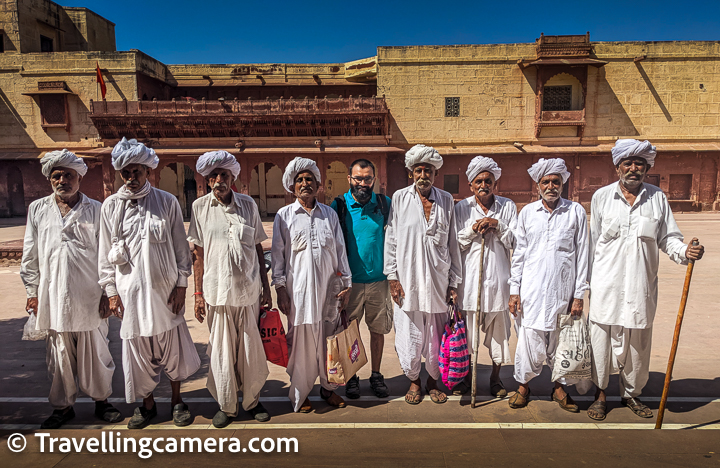


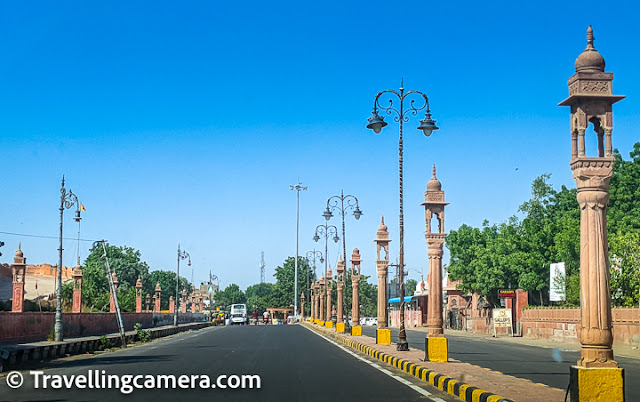




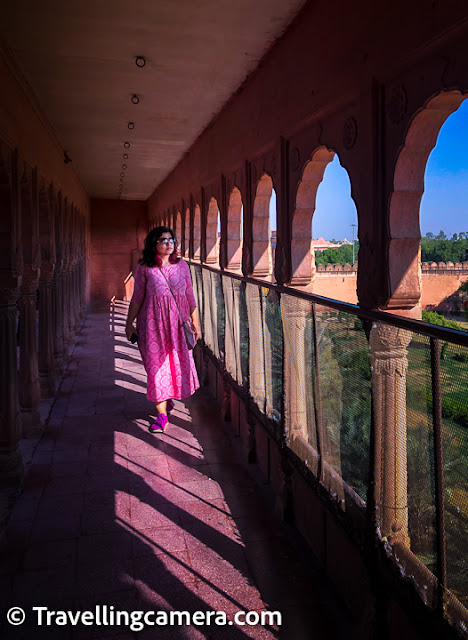

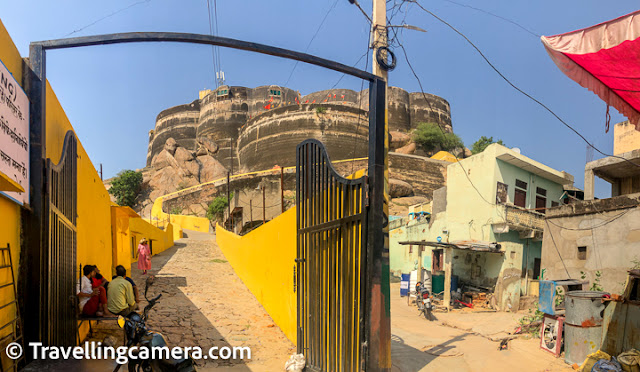

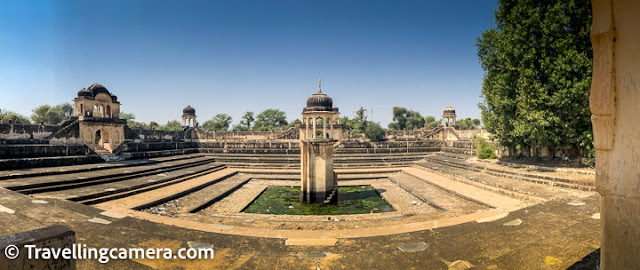



.jpg)
Comments